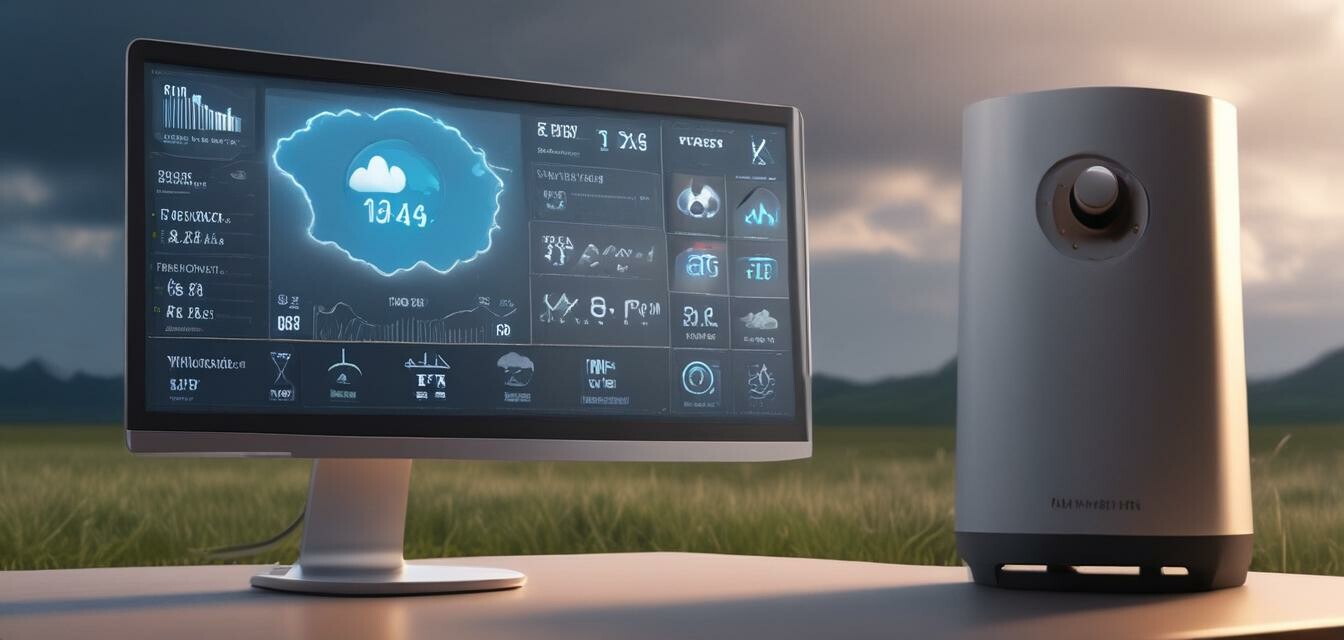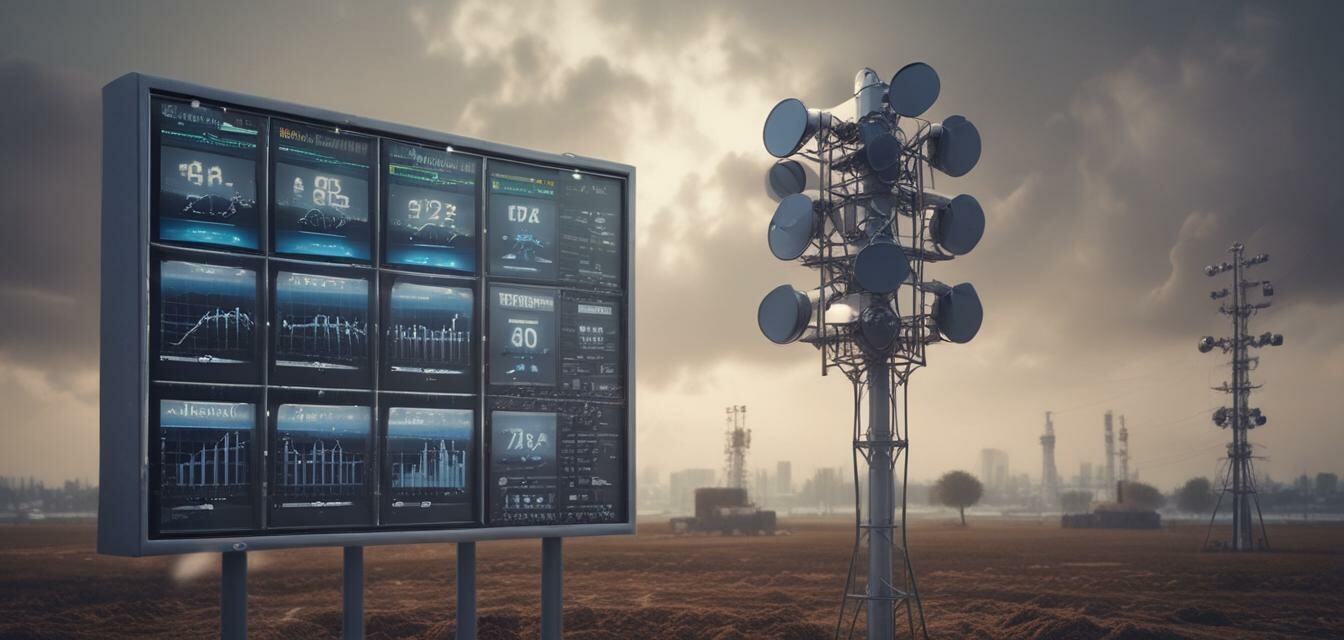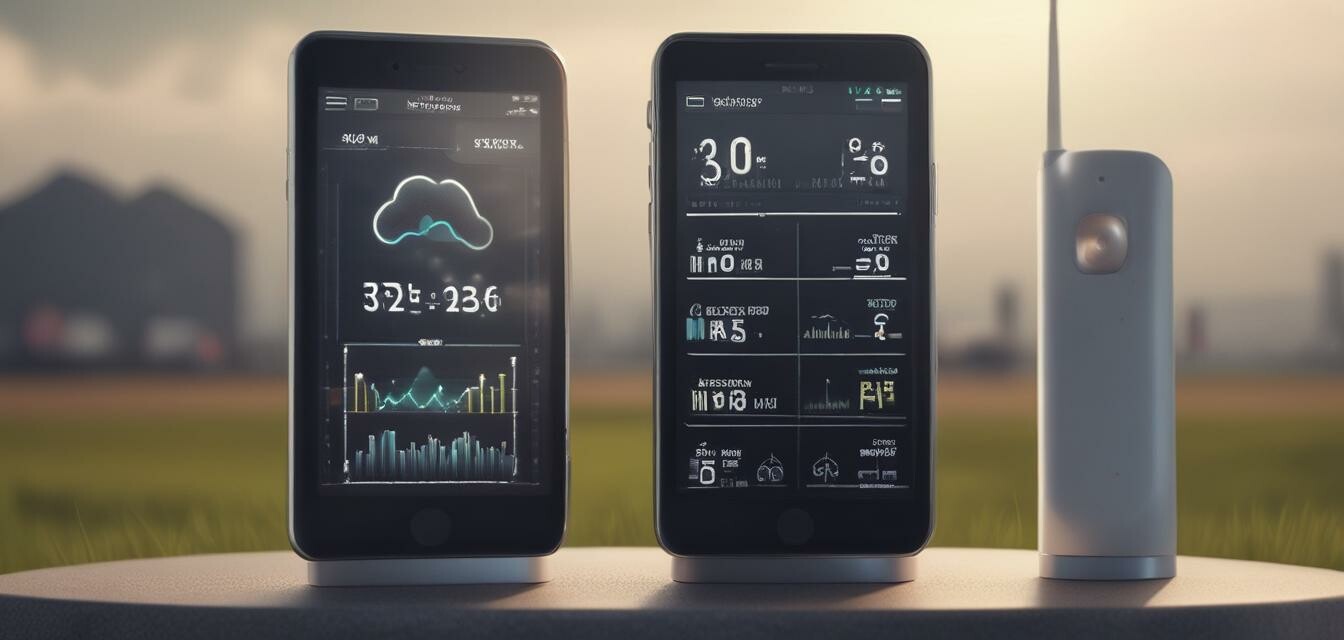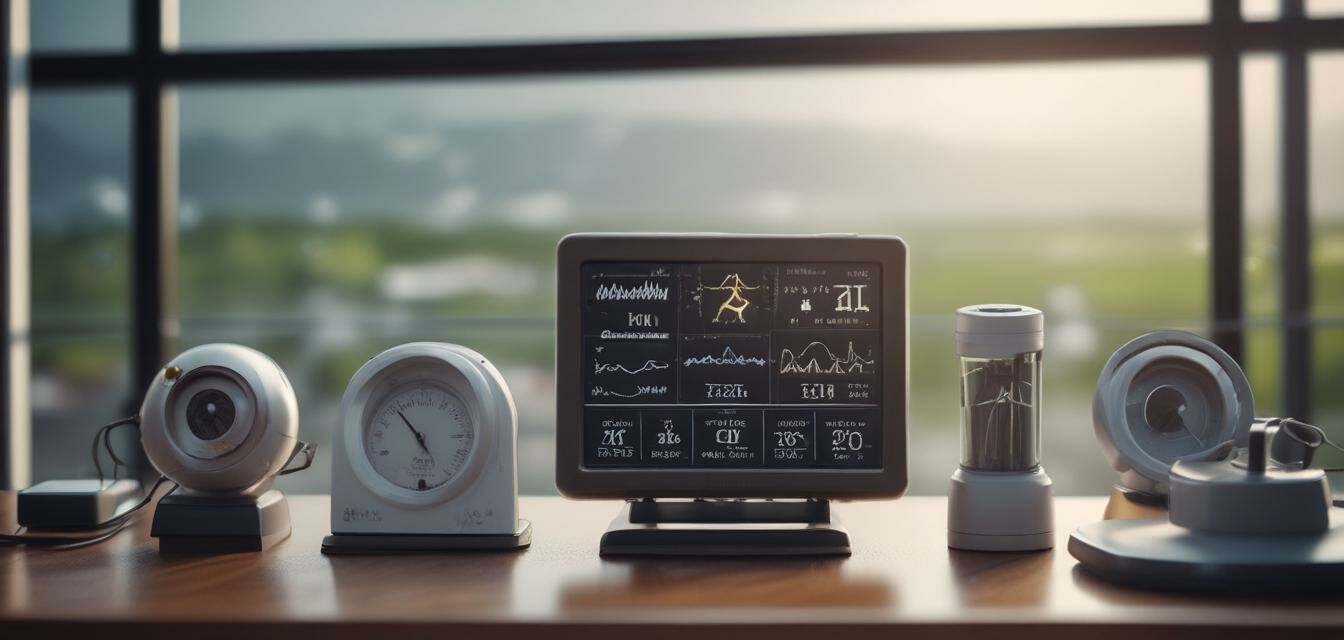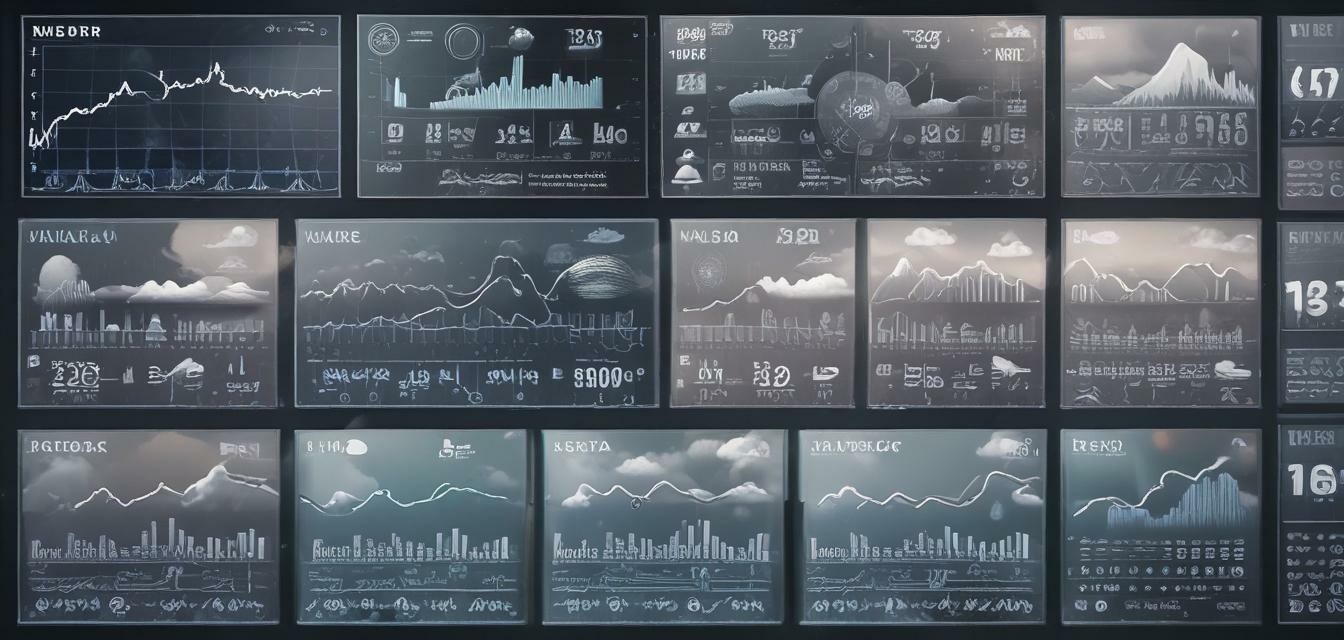
Weather Data Analytics
Key Takeaways
- Weather data collection methods include sensors, weather stations, and satellites.
- Data analysis techniques involve statistical methods and machine learning algorithms.
- Real-time weather data enhances forecasting accuracy and decision-making.
- Weather data is crucial for various sectors, including agriculture, transportation, and emergency response.
Weather data analytics encompasses the collection, analysis, and utilization of weather data to aid various fields such as agriculture, transportation, and disaster management. This article dives deep into the methods, technologies, and applications of weather data analytics and how it transforms raw data into actionable insights.
Understanding Weather Data Collection
The accuracy of weather predictions hinges on effective data collection methods. Various tools and technologies are employed to gather weather data:
| Data Collection Method | Description | Typical Devices Used |
|---|---|---|
| Weather Stations | Devices that record weather data such as temperature, humidity, and wind speed. | Wireless Weather Stations, Smart Thermometers |
| Sensors | Instruments that measure specific parameters like rainfall, atmospheric pressure, and UV radiation. | Rain Gauges, Barometers |
| Satellites | Space-based devices that capture images and data from the Earth’s atmosphere. | Weather satellites |
| Drones | Unmanned aerial vehicles that can conduct localized weather data collection. | Weather drones |
Analyzing Weather Data
Once the weather data is collected, the next step is data analysis. This involves interpreting the data to glean insights and trends. Common methods include:
- Statistical Analysis: Essential in understanding historical data and predicting future events.
- Machine Learning: Utilized for pattern recognition and predictive modeling.
- Visualization Tools: Graphical representations of data that facilitate easier comprehension.
Types of Analyses
| Analysis Type | Description | Applications |
|---|---|---|
| Descriptive Analysis | Summarizes historical weather data. | Monthly climate reports |
| Predictive Analysis | Forecasts future weather conditions based on historical data. | Seasonal forecasts |
| Prescriptive Analysis | Provides recommendations based on data insights. | Agricultural planting and harvesting schedules |
How Weather Data Analytics Is Used
The applications of weather data analytics are vast and impact numerous sectors:
- Agriculture: Helps farmers optimize planting and harvesting times by analyzing weather patterns.
- Transportation: Assists in route planning and safety measures by providing real-time weather alerts.
- Emergency Response: Aids in disaster preparedness and recovery by offering critical weather forecasts during severe weather events.
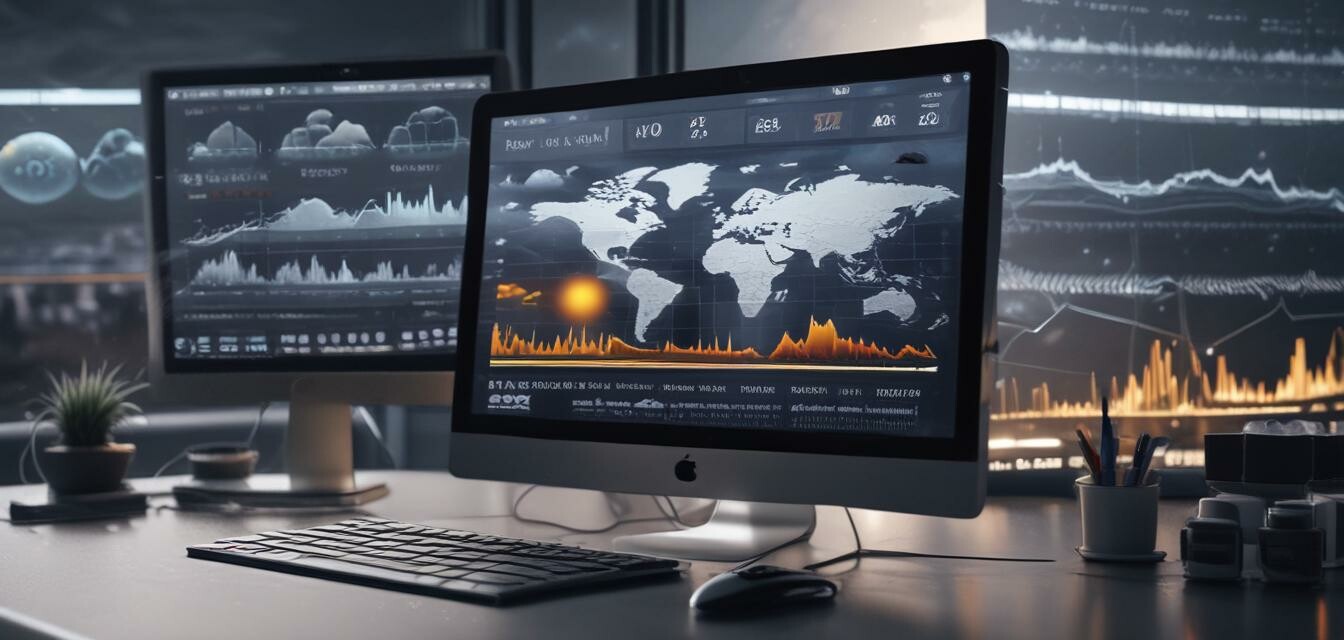
Technologies Behind Weather Data Analytics
Several advanced technologies are driving the field of weather data analytics:
- IoT (Internet of Things): Connected sensors gather and transmit data over the internet, facilitating real-time analysis.
- Big Data Analytics: Processes large datasets to identify trends that traditional methods may not reveal.
- Artificial Intelligence (AI): Machine learning algorithms improve prediction models.
Challenges in Weather Data Analytics
While the field of weather data analytics has advanced significantly, several challenges remain:
Pros
- Improved accuracy in weather forecasting.
- Real-time data aids in decision-making.
- Facilitates planning in various industries.
Cons
- Data privacy concerns with IoT devices.
- Dependence on technology can lead to vulnerabilities.
- High costs associated with advanced analytics tools.
Future of Weather Data Analytics
The future of weather data analytics appears promising, with ongoing advancements in technology. Innovations such as more sophisticated sensors, enhanced data processing capabilities, and the integration of AI will lead to improved weather forecasting accuracy, paving the way for safer and more informed decision-making across various sectors.
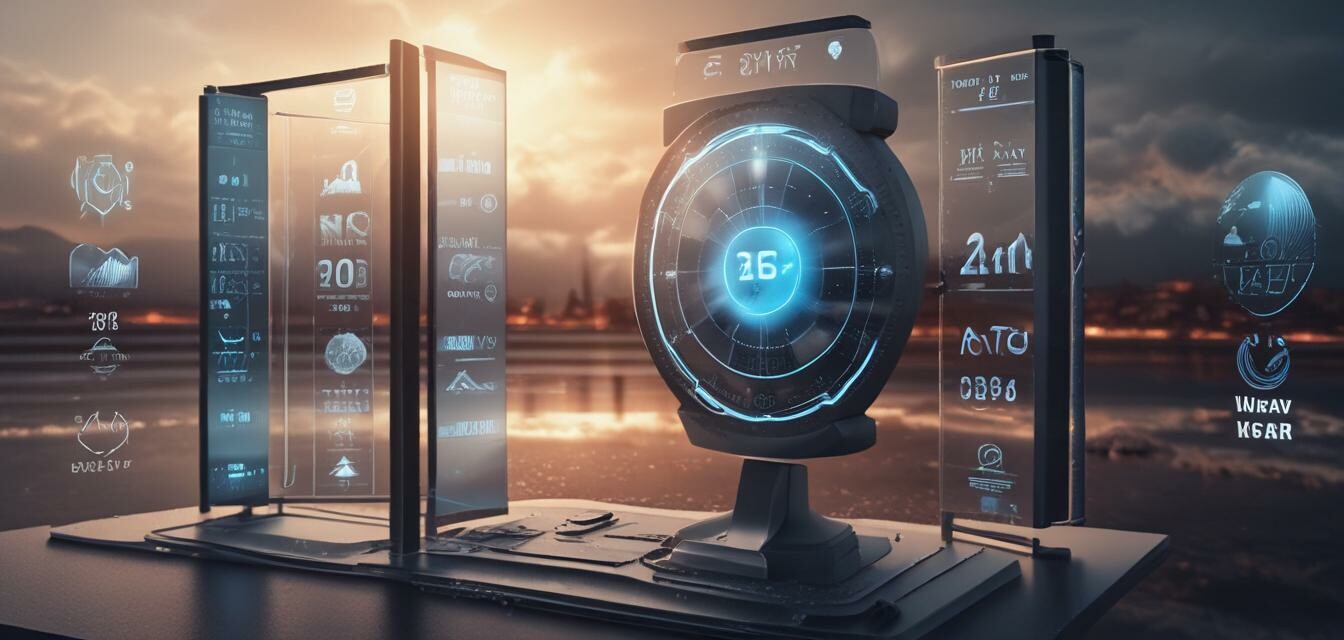
Conclusion
Weather data analytics plays a crucial role in modern society, empowering numerous sectors with the knowledge needed to make informed decisions. As technology progresses, the ability to collect and analyze weather data will only improve, making it an exciting field to watch for both professionals and enthusiasts.
Further Reading
To delve deeper into specific areas of weather technology and tools, consider visiting our product categories:
